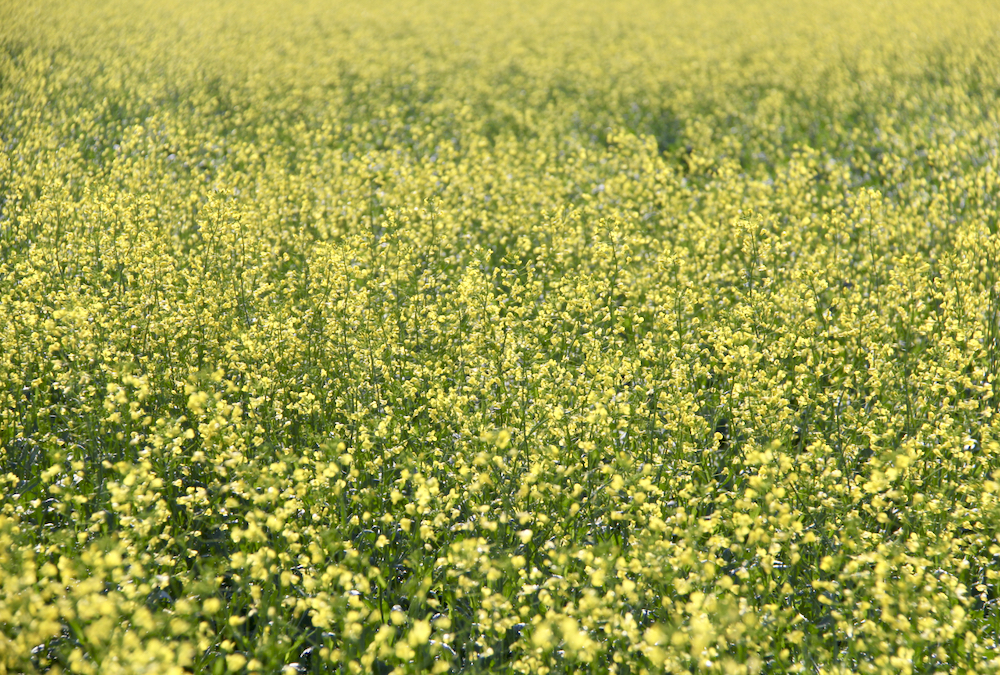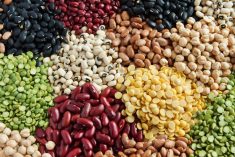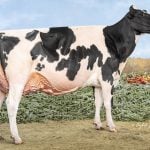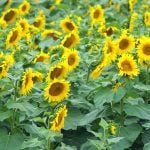Glacier FarmMedia — Crops in Manitoba continue to develop at a good pace despite a lack of rainfall in some parts of the province, reported Manitoba Agriculture on July 2.
“The east and Interlake regions have large areas of accumulations below 50 per cent of normal. The majority of the central, northwest and southwest regions have accumulated less than 70 per cent of the 30-year average of precipitation,” the crop report said.
For the week ending July 1, numerous locations throughout Manitoba received very little to no rain. Those that received the most precipitation include Fisher Branch at about 12 millimetres, Gladstone with around 19, Elma at nearly 30, Inglis just short of 44 and Neepawa close to 58.
Read Also

U.S. grains: Soybeans bounce as Chinese demand assessed, wheat drops
Chicago soybean prices firmed on Friday in a bargain-buying bounce after a sharp fall on Thursday, as traders assessed prospects for more U.S. sales to China after the trade war truce between the countries.
Among the province’s cereals, the winter wheat and fall rye are in the grain fill stage, while the barley and oats are in stem elongation to head emergence.
The corn ranges from V5 to V8, with that for silage said to be advancing rapidly.
Of the spring wheat, Manitoba Agriculture said only 10 per cent of the crop is in fair condition with none rated as poor or very poor. All of the regions reported their wheat at 90 per cent good to excellent. While eastern Manitoba has no spring wheat rated as excellent, 60 per cent of the crop in the Interlake is.
As for the oilseeds, the canola ranges from the four leaf stage to rosette, with the earliest planted fields in full bloom. The flax was reported to be to up 15 centimetres tall with buds forming. Of the soybeans, the earliest seeded are in the R1 to R2 stages and those sown the latest were in the V3 to V5 stages.
For the pulses, field peas have begun to flower with furthest along in the R1 to R2 stages.
The recent rains will help grass growth on Manitoba’s pastures. Beef producers have started haying, but there are reports of below average yields.














